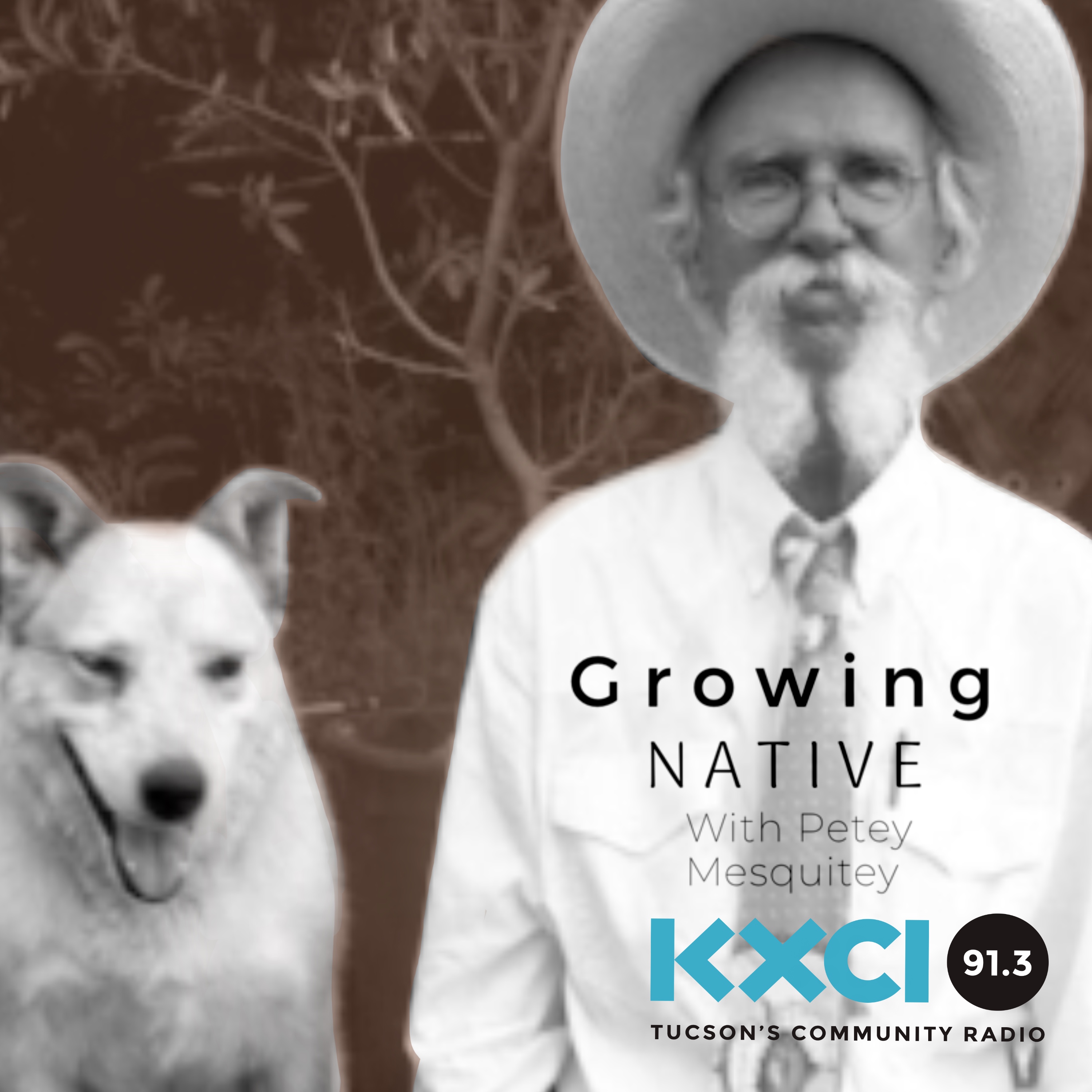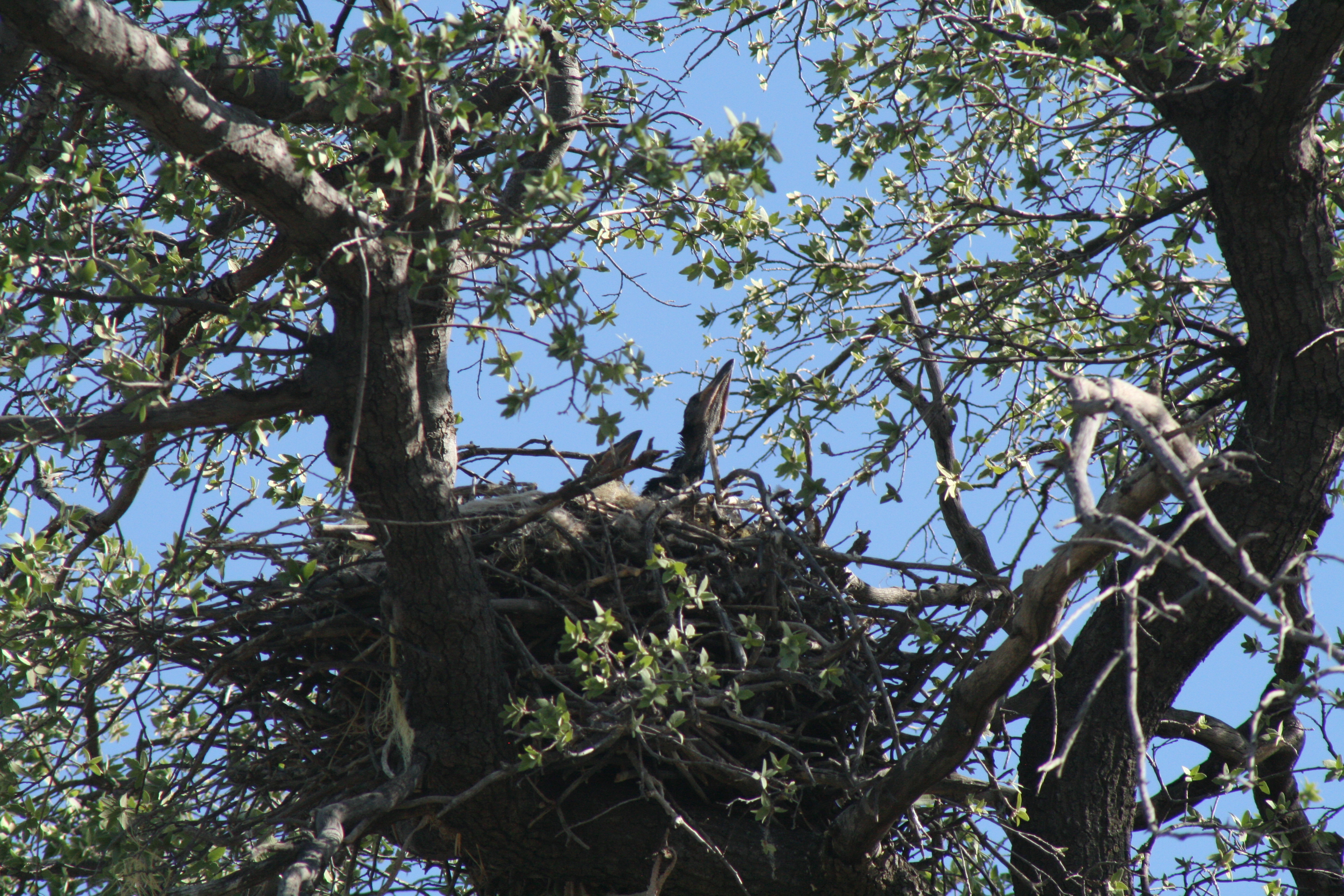There are 2 species of walnuts here in the borderlands of southern Arizona; the Arizona walnut (Juglans major) that I talked about and a species called little walnut (Juglans microcarpa) which is uncommon, but I found it growing in a canyon on the east side of the Catalina Mountain above Redington along the San Pedro River. Travel eastward to the Trans Pecos of Texas and it’s quite common in that region.
In the eastern U.S. it is the land of the black walnut (Juglans nigra), not to mention other trees in the walnut family (Juglandaceae) like the butternut and a few hickory and pecan species (Carya).
I think when I first saw a walnut tree in southern Arizona in the 1960s, I had a “Whoa, that’s a walnut tree!” moment. Hmm, I still have that reaction and Arizona walnut trees (Juglans major) are magnificent! I have so many memories of hikes or journeys in southern Arizona that include walnut trees…sometimes up high in the mountains or as I mentioned in this episode, in a riparian canyon cutting into the Sonoran Desert. They’re part of the flora and fauna that make the borderlands so diverse and beautiful and occupied, not vacant.

The photos are taken from SEINet and are either by Max Licher or Leslie Landrum…I mixed them up, but I thank them.

It was the American botanist Soreno Watson, who was on the receiving end of the Lemmon’s collections, that named the onion collected in the...

Even as a child I was astounded by the silence of snow. I wonder if there is a name for silent snow? Around our...

The Chihuahuan ravens (Corvus cryptoleucus) in this story have returned to the same nest in the Emory oak (Quercus emoryi) for years. It has...